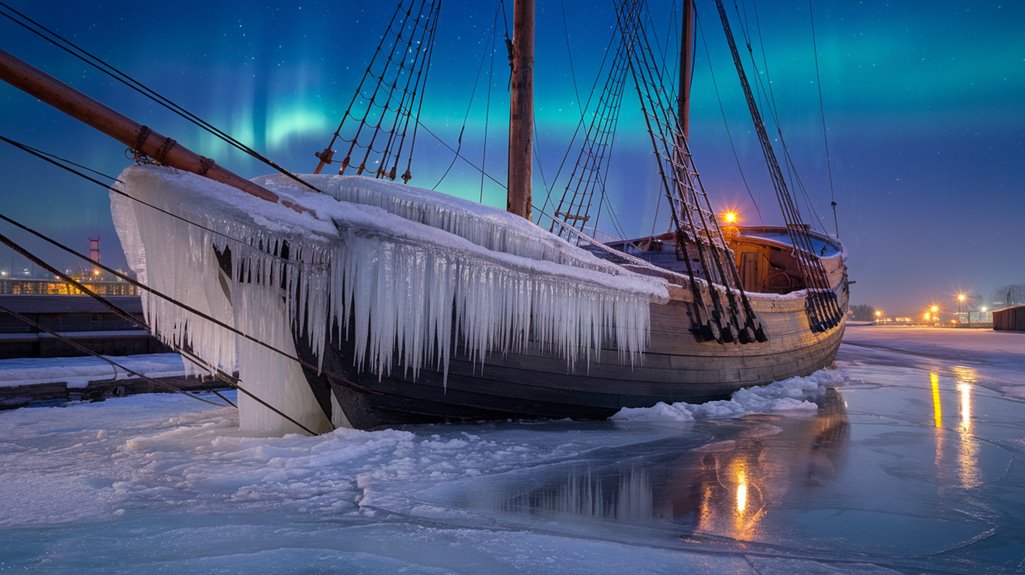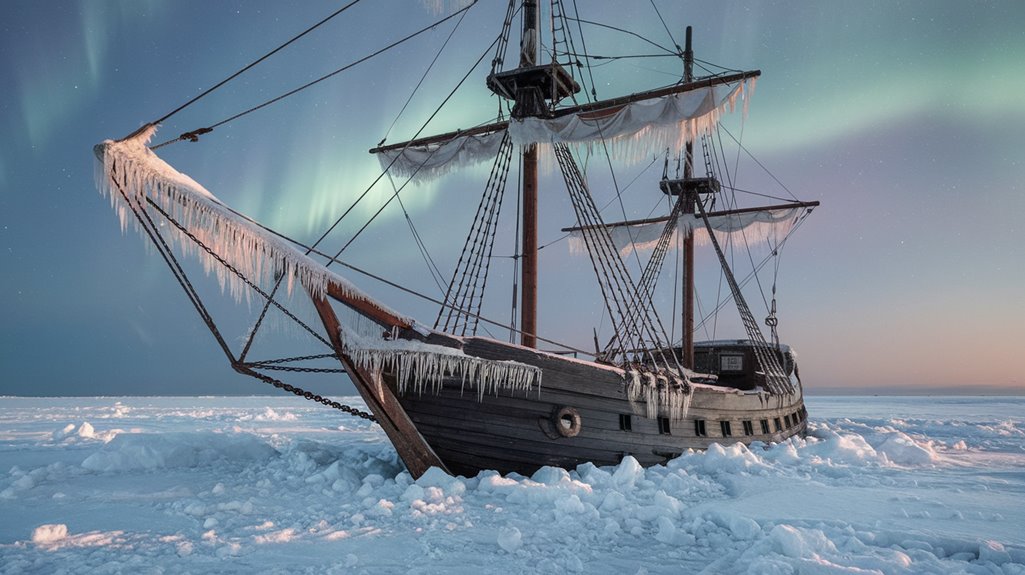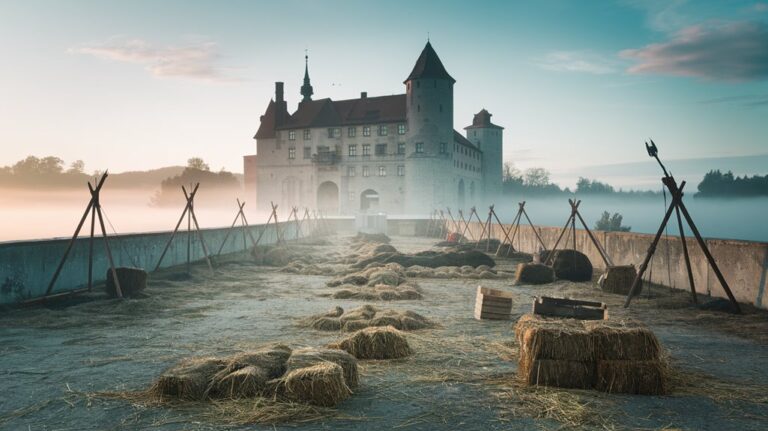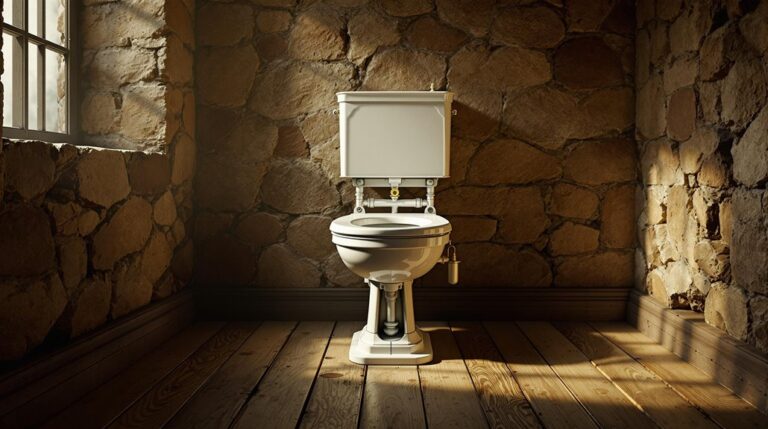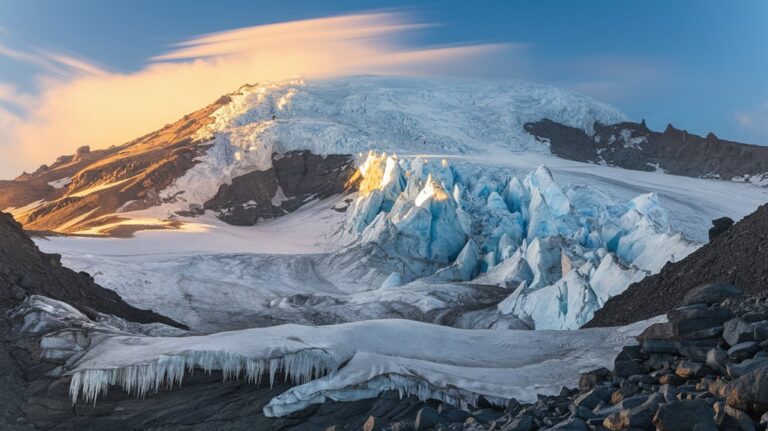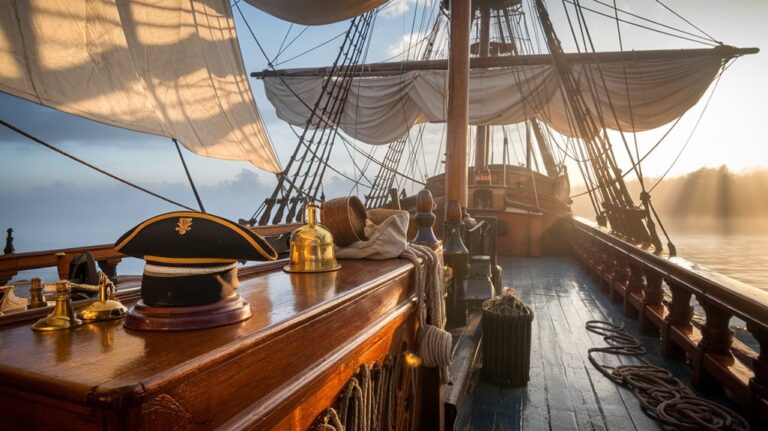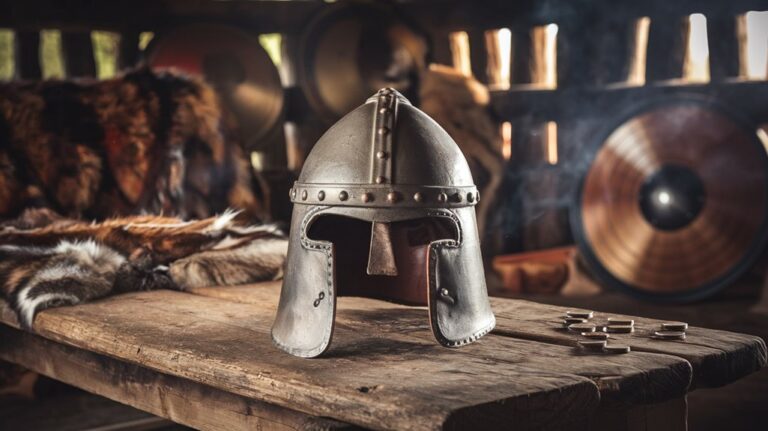A Little Ice Age Occurred From the 14TH to the 19TH Century
You've probably heard about major ice ages from Earth's distant past, but a more recent cooling period has left its mark on human history. During the Little Ice Age, you'd have found glaciers advancing through villages, crops failing across Europe, and frozen rivers hosting winter festivals in London. From roughly 1300 to 1850, this global chill reshaped societies and tested human resilience in ways that continue to influence our understanding of climate vulnerability. Let's explore how this centuries-long cold snap changed the world.
Understanding the Causes Behind Earth's Global Cooling Period
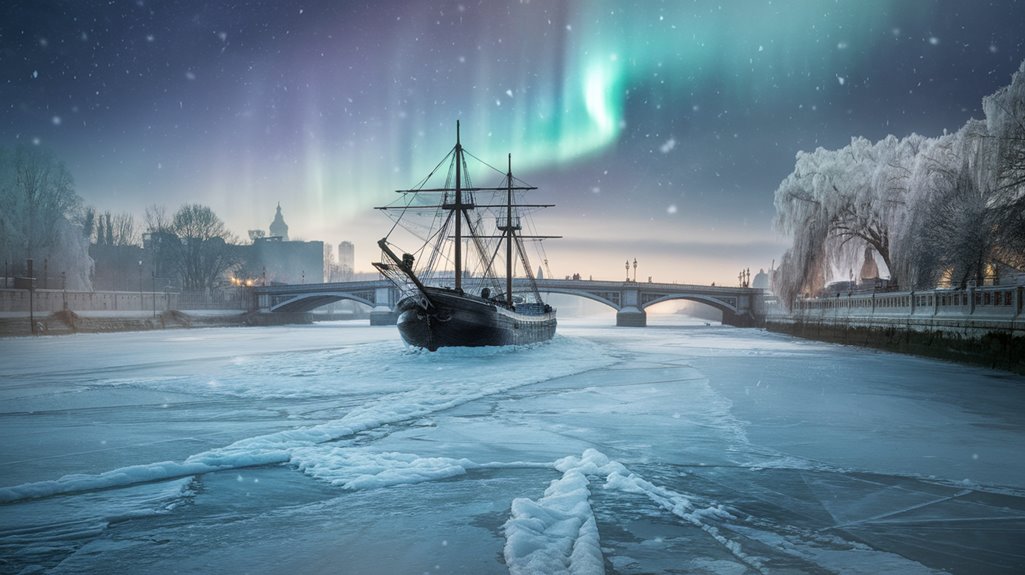
When scientists examine the Little Ice Age's complex origins, they find a fascinating interplay of natural forces that triggered Earth's cooling period.
You'll discover that volcanic activity played a significant role, as massive eruptions like the 1257 Samalas event released particles that blocked solar radiation. This cooling effect was amplified by periods of low solar influence, known as solar minima, particularly during the Spörer and Maunder minimums between 1450 and 1715.
These natural phenomena worked together to create a powerful cooling effect. As temperatures dropped, expanding ice cover increased Earth's albedo, reflecting more sunlight back into space. Mean annual temperatures in the Northern Hemisphere fell by approximately 0.6°C during this period.
The impact was especially notable in the Northern Hemisphere, where changes in ocean circulation, particularly the Atlantic Meridional Overturning Circulation, further intensified the cooling process. The harsh conditions forced Norse settlers in Greenland to abandon farming for seal hunting as their primary means of sustenance.
Scientific Evidence of Temperature Changes and Climate Shifts
While the Little Ice Age affected different regions at different times, scientific evidence reveals a complex pattern of temperature changes across the globe.
You'll find that temperature proxies like ice cores, tree rings, and lake sediments paint a picture of significant climate variability during this period. The Northern Hemisphere cooled by about 0.6°C, with Central England experiencing temperatures 0.4°C lower than today's levels. Modern scientists rely on published research output that has doubled every 5-6 years to better understand these historical climate patterns. Volcanic eruptions contributed significantly to the cooling during this period.
However, the cooling wasn't uniform worldwide. While European Alps and Alaska saw expanding glaciers and harsh winters, eastern China remained relatively stable.
Historical documents and instrumental records show that Europe faced cool, wet summers and severe crop failures, while Africa and central Asia dealt with droughts.
The evidence suggests this wasn't a synchronized global event but rather a period of regional climate fluctuations.
Environmental Transformations Across Continents
During the Little Ice Age, Europe experienced some of the most dramatic environmental transformations in recorded history. You'd find the Baltic Sea and most rivers frozen during winter, while glaciers in the Alps advanced southward, destroying towns and farmland in their path.
These climatic impacts caused widespread crop failures and led to devastating famines across the continent. The average temperatures were about 1°C colder than what we experience today.
The ecological shifts weren't limited to Europe. In the North Atlantic, pack ice expanded dramatically southward, making navigation to Iceland and Greenland nearly impossible. Recent research has revealed that the cooling was actually a global phenomenon, affecting areas as far as Antarctica.
You'd notice significant changes in mountainous regions too, where treelines dropped and increased storminess became common.
Volcanic eruptions, like Laki and Tambora, intensified these effects by releasing gases and ash that reflected solar radiation, contributing to the overall cooling pattern.
Society's Response to Extended Cold Weather Conditions
Because extended cold weather conditions threatened survival itself, societies across the globe developed remarkable adaptations to cope with the Little Ice Age's harsh realities.
You'll find that famine responses varied widely, from governments implementing new resource management policies to communities developing innovative food storage methods. When crops failed, many populations chose permanent relocation, creating significant migration trends that reshaped cultural boundaries and sparked conflicts over resources.
You can trace how these adaptations transformed society: agricultural practices shifted to accommodate shorter growing seasons, while trade-based economies emerged from the collapse of feudal systems. The average temperature dropped by one to two degrees compared to previous centuries.
Communities that couldn't adapt often faced devastating consequences, including political upheaval and increased mortality rates from disease. The collapse of the Ming dynasty in 1644 demonstrated how climate change could topple even powerful empires.
Even religious and artistic expressions reflected these changes, as you'll see in period artwork and the surge in witch trials.
Historical Records and Data Supporting the Little Ice Age
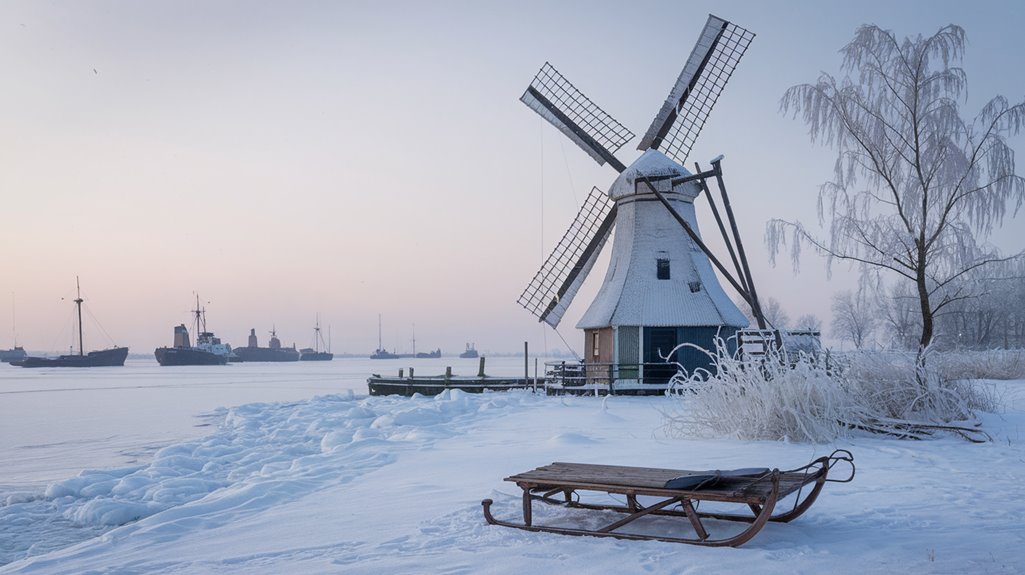
The extensive historical record of the Little Ice Age rests on a rich combination of scientific data and documented human observations. Through detailed climate analysis of tree rings, glacier movements, and direct meteorological measurements beginning in 1659, you'll find compelling evidence of this cooling period.
Historical documentation from around the world reveals the far-reaching impact of this phenomenon:
- Tree ring studies confirm prolonged cold periods and significant droughts
- Glacial records show major expansions in Europe, Alaska, South America, and New Zealand
- Direct temperature measurements indicate a 0.6°C drop in Northern Hemisphere averages
- Written accounts from historical figures like Thomas Jefferson and Benjamin Franklin provide firsthand observations
These various data sources have helped scientists piece together a thorough understanding of the Little Ice Age's global reach and intensity from the 14th to 19th centuries. The cooling period was influenced by several natural factors including reduced solar radiation, oceanic changes, and volcanic activity. The harsh conditions during this period led to widespread famine and disease as livestock populations declined significantly.

